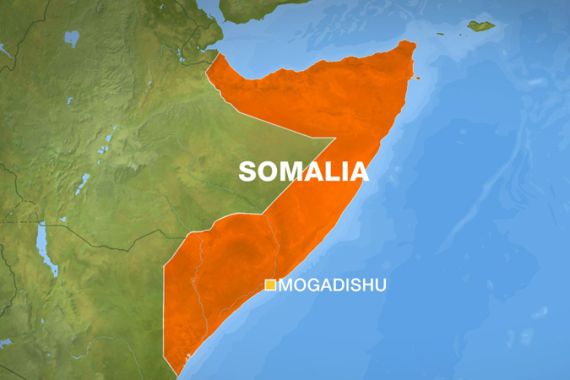Country profile: Somalia
War-torn Somalia, one of the world’s poorest states, is set to end eight years of transitional rule.

For the past 20 years, this boomerang-shaped east African state has been one of the world’s most troubled countries. Chaos and violence have reigned since civil war broke out in 1991, and several famines in the past decade have caused hundreds of thousands to flee.
On August 20, a new Somali parliament was sworn in. Legislators are set elect a president on September 10, marking the end of eight years of rule by the UN-backed Transitional Federal Government(TFG), widely criticised as weak and corrupt.
History
The state of Somalia was born in 1960, when British Somaliland and what had formerly been Italian Somaliland united and declared independence.
| SOMALIA: KEY FACTS |
|
Population: 9.6 million (2011 estimate) Capital: Mogadishu, population Life expectancy at birth: 50.8 years Official language: Somali, Arabic Official religion: Sunni Islam Ethnic groups: 85 per cent Somali, 15 per cent non-Somali (mostly Bantu and Arabs) GDP per capita: $600 (2010 estimate) GDP growth rate: 2.6 per cent (2010 estimate) Source: CIA Factbook, World Bank |
In 1969, General Mohamed Siad Barre took control in a coup and formed a socialist state backed by the Soviet Union. But when Barre invaded the Ogaden, an ethnically Somali region of Ethiopia, a coalition of Ethiopian, Soviet, and Cuban troops forced the Somalis out. Barre then discarded his allegiance to the Soviets and began to receive funding from the United States.
Armed opposition groups overthrew Barre’s regime in 1991, and Somalia descended into civil war and anarchy. A UN peacekeeping mission failed to bring stability.
In 2006, the Islamic Courts Union (ICU) took control of much of central and southern Somalia, imposing a strict interpretation of sharia law over the areas it ruled. The embattled TFG was relegated to control over only a small part of Mogadishu, the capital. Ethiopian troops intervened later that year to fight ICU forces.
In 2011, a severe drought exacerbated by ongoing civil strife caused thousands to flee to neighbouring Ethiopia and Kenya, and pushed many Somalis to the brink of starvation.
Somalia lacks a unified central government. Somaliland, in the north, declared independence from Somalia shortly after the civil war broke out in 1991, although it has not been recognised by any foreign governments. Puntland, in Somalia’s northeast, declared itself an autonomous state in 1998. Unlike Somaliland, Puntland does not seek independence. A radical offshoot of the ICU called al-Shabab, now affiliated with al-Qaeda, controls much of southern Somalia, although African Union troops have recently seen major victories against al-Shabaab.
Economy
Somalia’s economy relies largely on agriculture; staples include bananas, rice, sorghum, and livestock. With its 3,000 km of coastline, longer than any other African country, fishing is a major source of livelihood. Remittances sent from Somalis living abroad also comprise a substantial portion of Somalia’s GDP. In recent years, piracy has also become big business: Somali pirates have attacked hundreds of boats in the Indian Sea, and demanded ransoms for kidnapped sailors.
Somalia is reported to have large, untapped reserves of many natural resources, including iron ore, uranium, and tin. Many also suspect Somalia is sitting on top of oil and natural gas reserves.